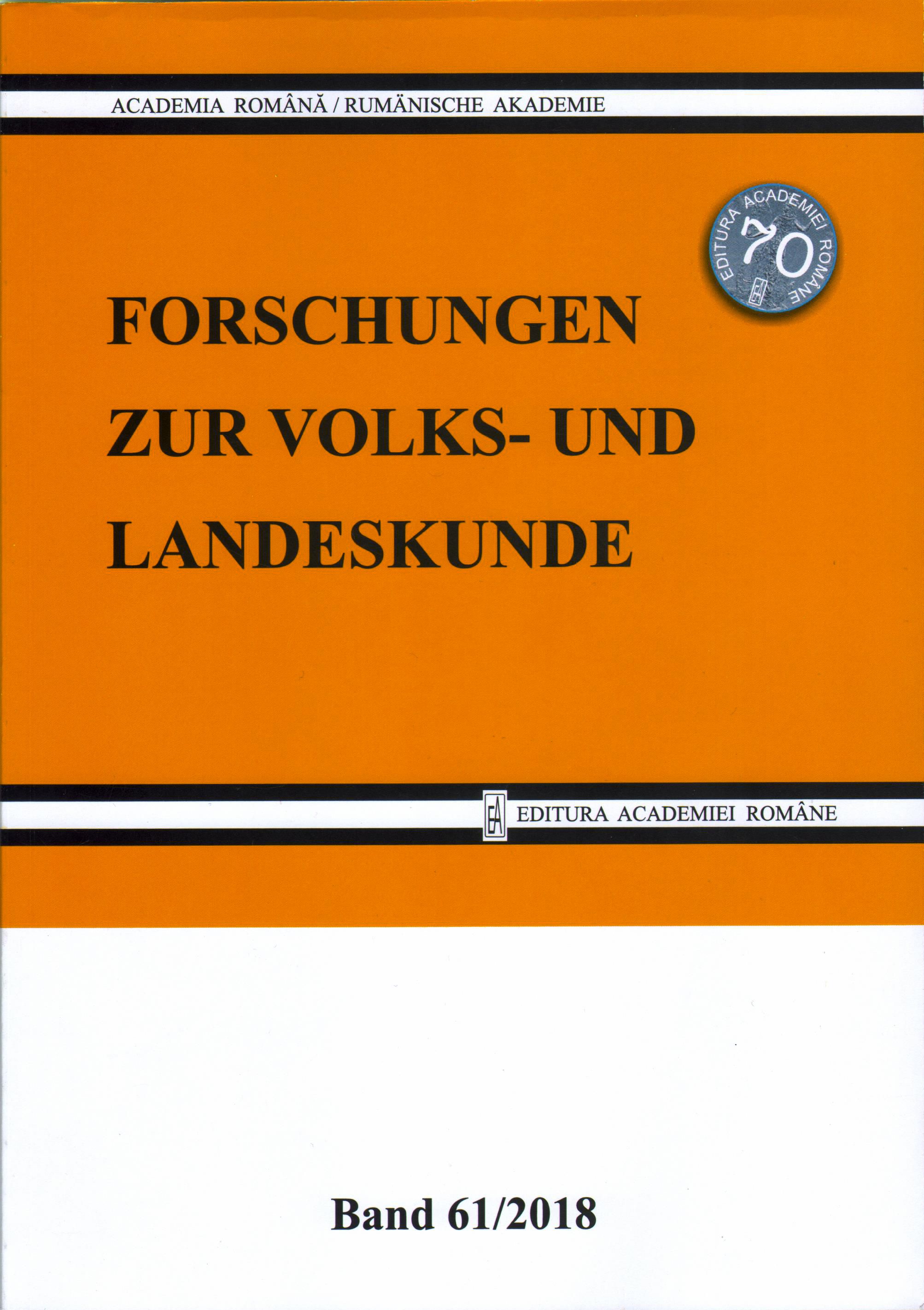Die Evangelische Landeskirche A.B. in den siebenbürgischen Landesteilen Ungarns während des ersten Weltkriegs
The Lutheran Church in the Transylvanian Parts of Hungary during the First World War
Author(s): Ulrich Andreas WienSubject(s): History, Economic history, Theology and Religion, Sociology of Religion
Published by: Editura Academiei Române
Keywords: Economy of war; genre of sources; war of culture; escape to Hungary; Lutheran Church of Transylvania; holy homeland; army chaplains;
Summary/Abstract: In 1914, the mainly rural population did not show any enthusiasm for the war although the Central Powers presented the conflict as a just war. Despite the Hungarian governments having pursued an anti-minority policy for years, the Transylvanian Saxons re-identified with their Hungarian fatherland. Most Romanians behaved in a similar way – which only relieved the Protestant Saxons. The atmosphere in the population ranged from war fever fuelled by propaganda to symptoms of fatigue. The parishes organised donations and relief supplies for the army, obeyed appeals to deliver raw materials (including organ pipes and bells) and to collect surrogate raw materials. The population was appalled when the government evacuated Southern Transylvania without a fight in the late summer of 1916. Many communities took flight and evacuated the villages around Braşov and Sibiu which were then plundered by neighbours left behind and refugees passing through. Because of the advancing – mainly German – troops, people were able to return to their homes in the autumn of 1916. The ministers interpreted the re-gained “holy home” as God´s gift. The peasants´ wives as well as children and the elderly worked beyond nature. Good harvests also benefited starving children coming from Berlin, Leipzig or Vienna for their holidays. Pastoral care did not only take place at home but also through written correspondence with front-line soldiers. Additionally, army chaplains did their best in the face of unfavourable and frustrating circumstances. Besides the official journal Kirchliche Blätter and other published works,sources include the memorial books of the parishes. Although subjective, they give many details about the local context and thus reflect the atmosphere on grassroots level in the perception of the local minister.
Journal: Forschungen zur Volks- und Landeskunde
- Issue Year: 2018
- Issue No: 61
- Page Range: 9-66
- Page Count: 58
- Language: German
- Content File-PDF

